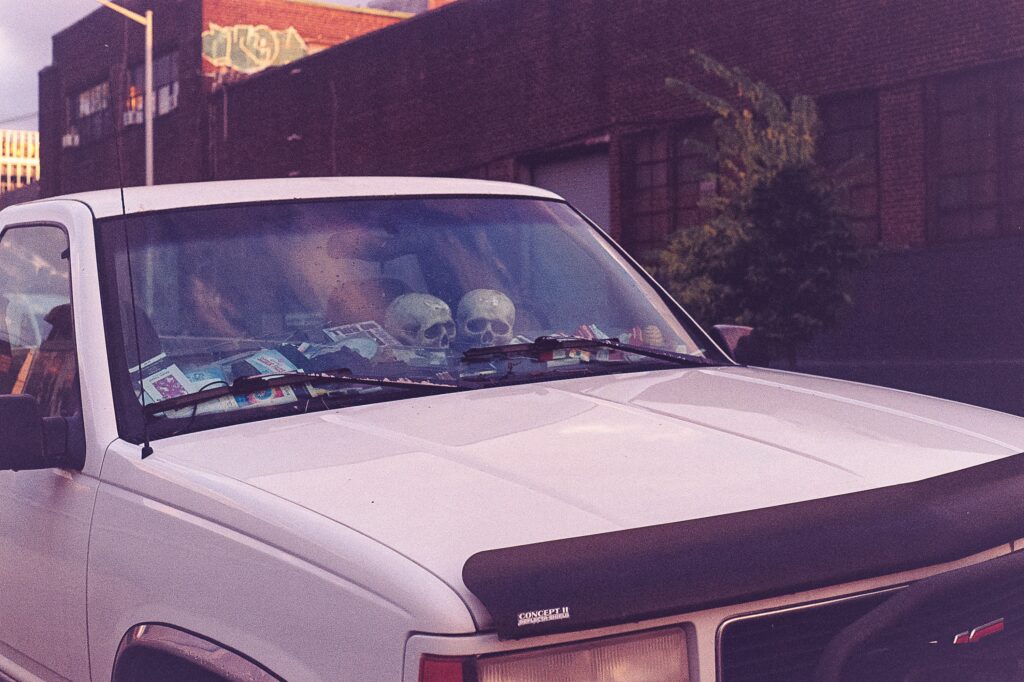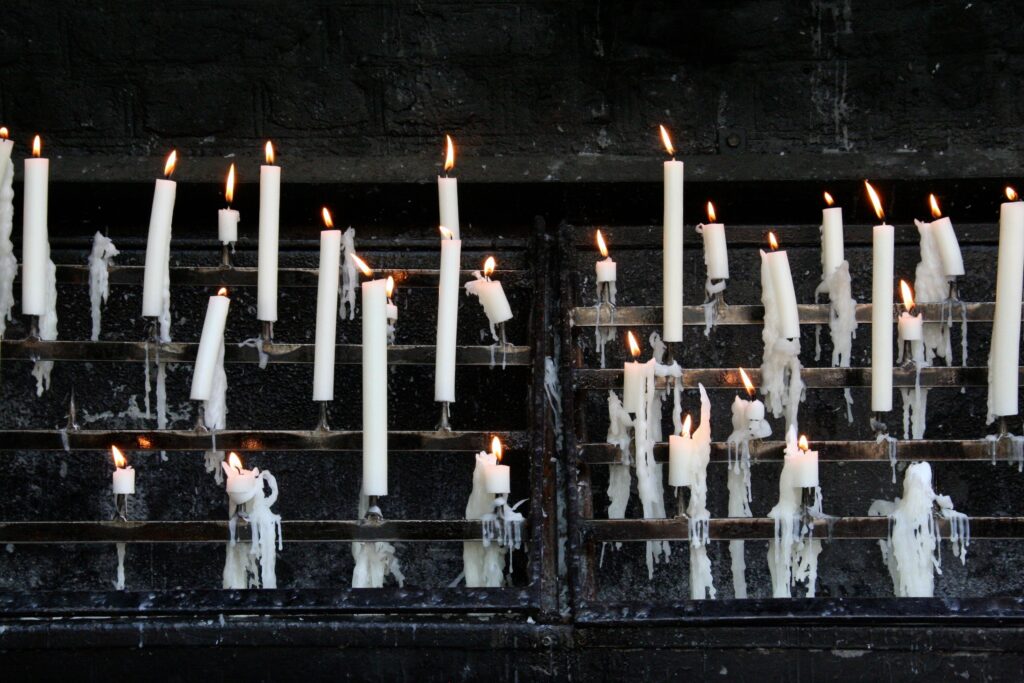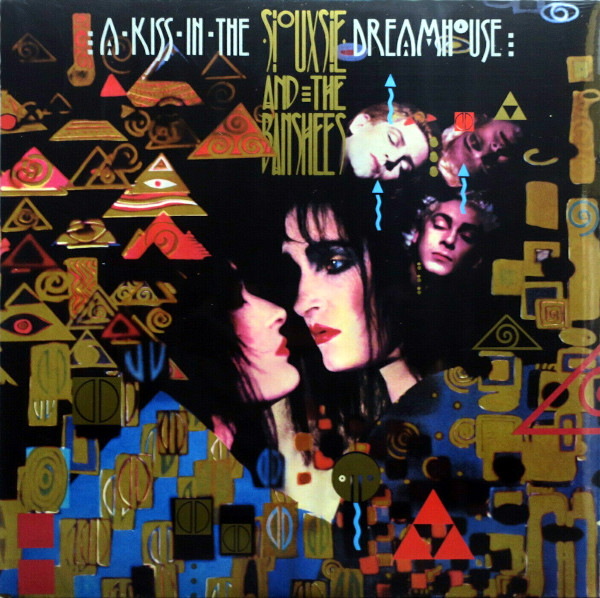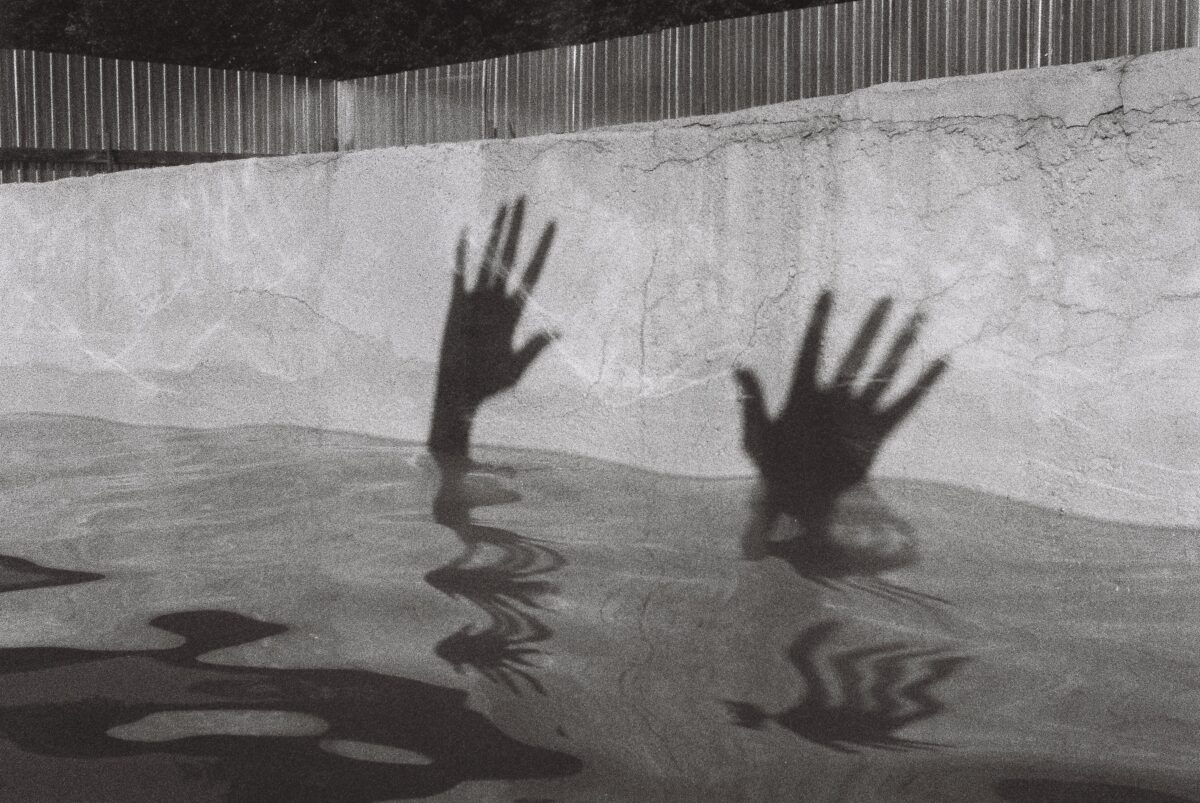Goth music isn’t just one thing.
It’s a common misconception, especially for those ill-acquainted with alternative music. People like to slap the label “goth” on anything even tangentially dark or edgy, even when it’s far from what goth actually is.
And while I don’t consider myself a purist by any means, nor find myself particularly bothered by the misattribution of “goth” by subcultural outsiders, I do think it’s interesting to explore what separates “goth” from “non goth” in terms of music.
Goth, like many others, is a music-based subculture. While the distinctive stylistics of goths are widely-known — all-black clothing, dramatic eye makeup, back-combed hair and intricate accessories — the music that inspired these looks is not.

“Goth” actually encompasses multiple genres of music. Several major genres are goth rock, death rock, post-punk and darkwave.
This week, I’ll be focusing on defining darkwave and recommending some excellent darkwave artists.
The Sound
Darkwave music is melancholic and gloomy.
With heavily synth-based sounds and a slow to moderate tempo, darkwave tracks put a depressive spin on the ebullient tones of mainstream new wave while maintaining the high energy of post-punk music.
It’s quite literally a “dark” wave.
The Source
Darkwave emerged in the 1980s.
At the time of its development, “goth” referred exclusively to the realm of gothic rock. While contemporary circles generally accept darkwave as “goth,” the subculture of the 80s necessitated a distinction.

Thus, while darkwave artists drew inspiration from the same realm as gothic rock, their use of synths and strong new wave influence set them apart.
Darkwave rose as new wave’s shadowy counterpart, with lower pitches, slower tempos and a brooding atmosphere.
The Bands
The so-called “first generation” of darkwave consisted of artists who simply put a darker slant on new wave.
Siouxsie and the Banshees, Depeche Mode and Soft Cell are some examples of this “first generation.”

As darkwave spread across the globe, it disseminated into various substyles such as ethereal wave, neoclassical darkwave and dark cabaret.
In the 90s, a second wave of darkwave artists emerged.
Artists from this period include Corpus Delicti, Lycia, Black Tape for a Blue Girl and The Frozen Autumn. Some of these bands drew inspiration from the otherworldly style of Cocteau Twins while others delved further into cultivating cold, deeply atmospheric sensations.
In the 2010s, bands like Drab Majesty, Boy Harsher, Void Vision and Kontravoid spearheaded another darkwave revival, building their respective sounds around the many substyles living under the darkwave umbrella.

